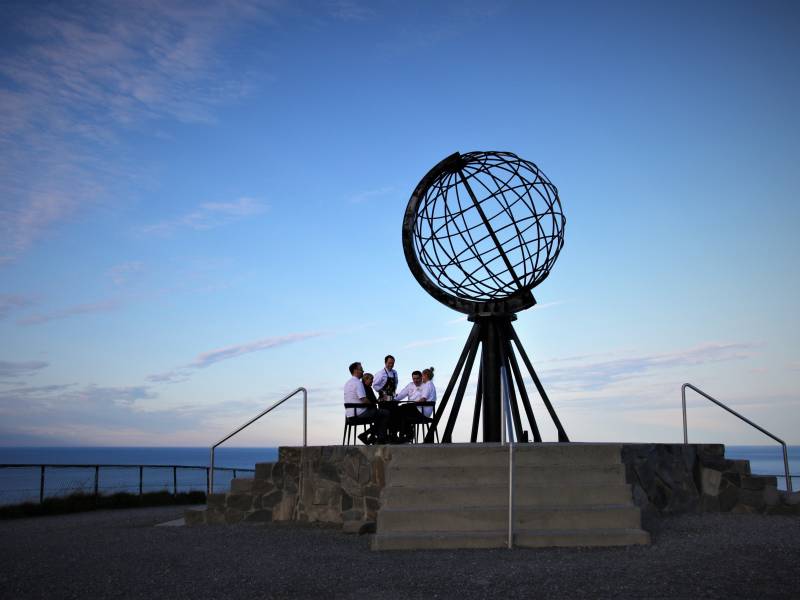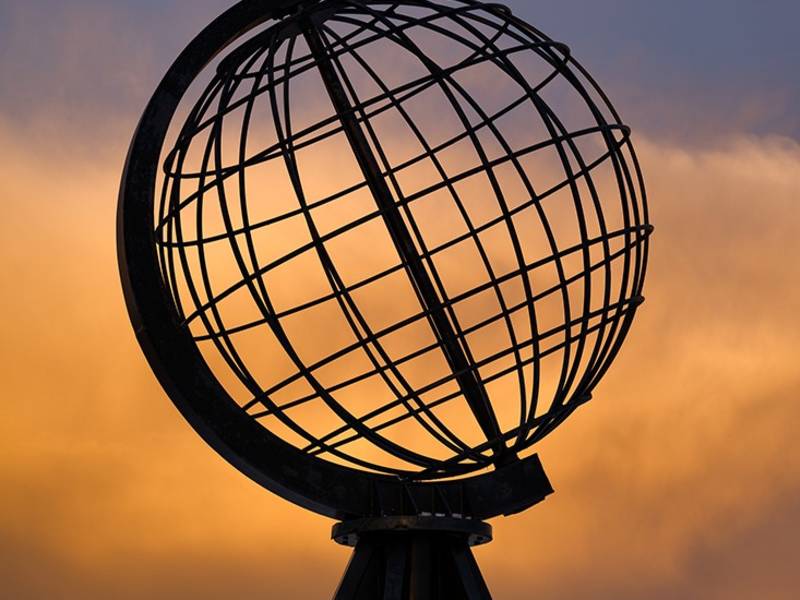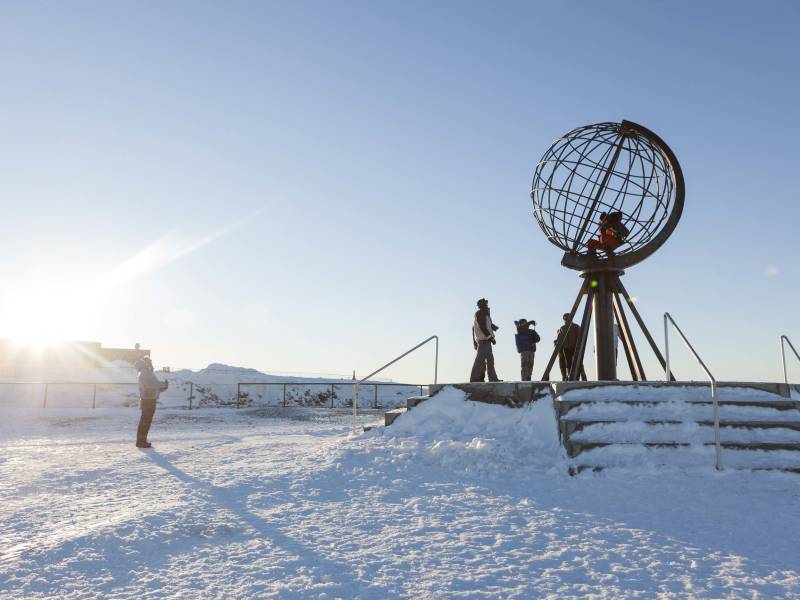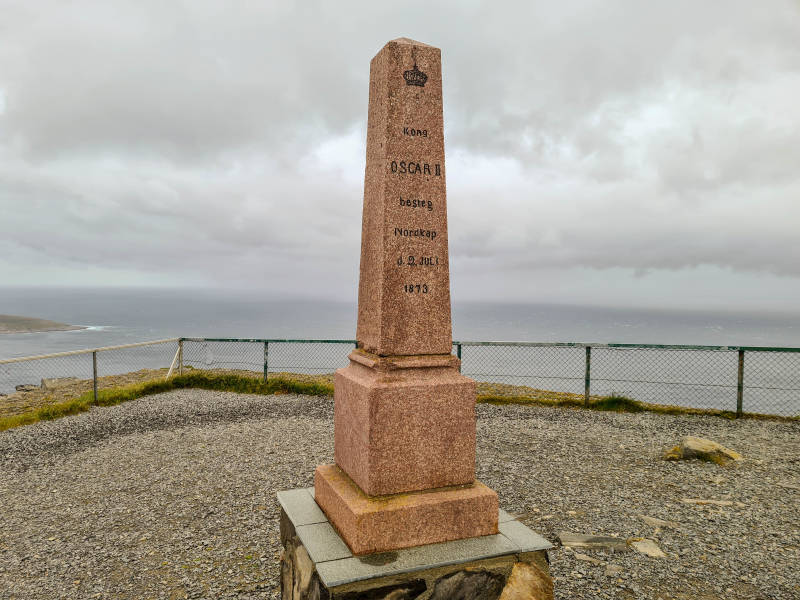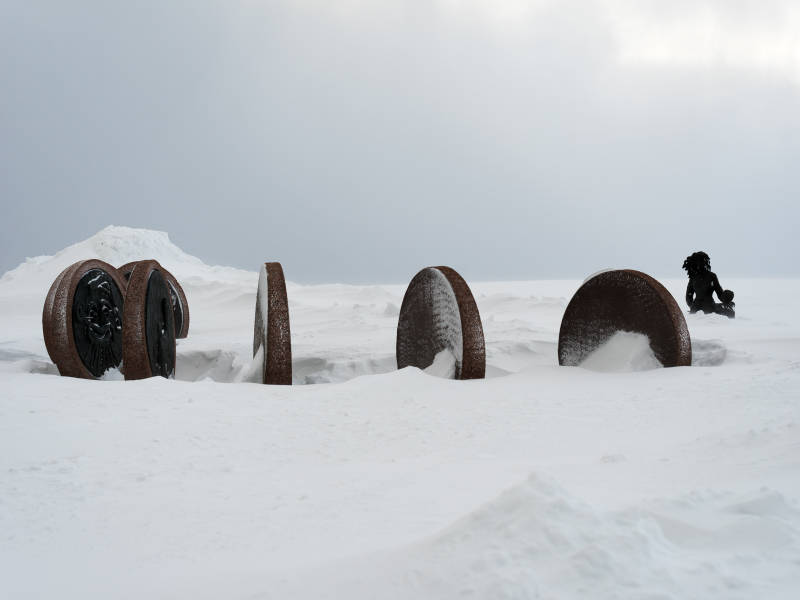
North Cape Plateau
Provided by:
Havila Voyages

Get to know the North Cape plateau on this short route. To start the experience, press "DOWNLOAD" and then "START". This will open a map where you can follow your position. The points start automatically when you enter the various places on the map with arrows. The points can also be played remotely by pressing the arrows in the map or on the images below this text here. We would appreciate it if you could answer this survey when you are finished using the app You can change the language of the survey after you open the form: https://forms.office.com/e/7jJAscTpq6 We wish you a good trip!


